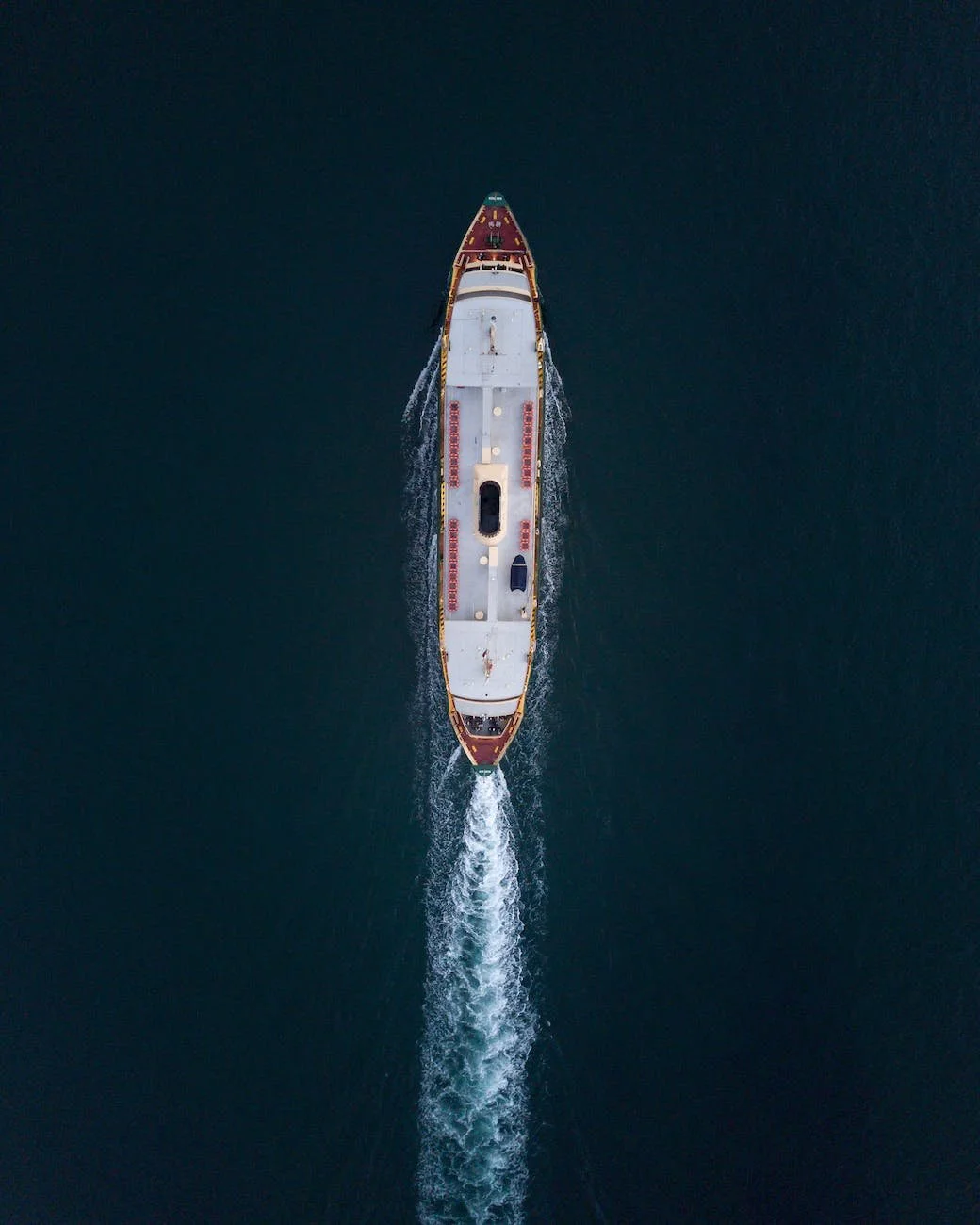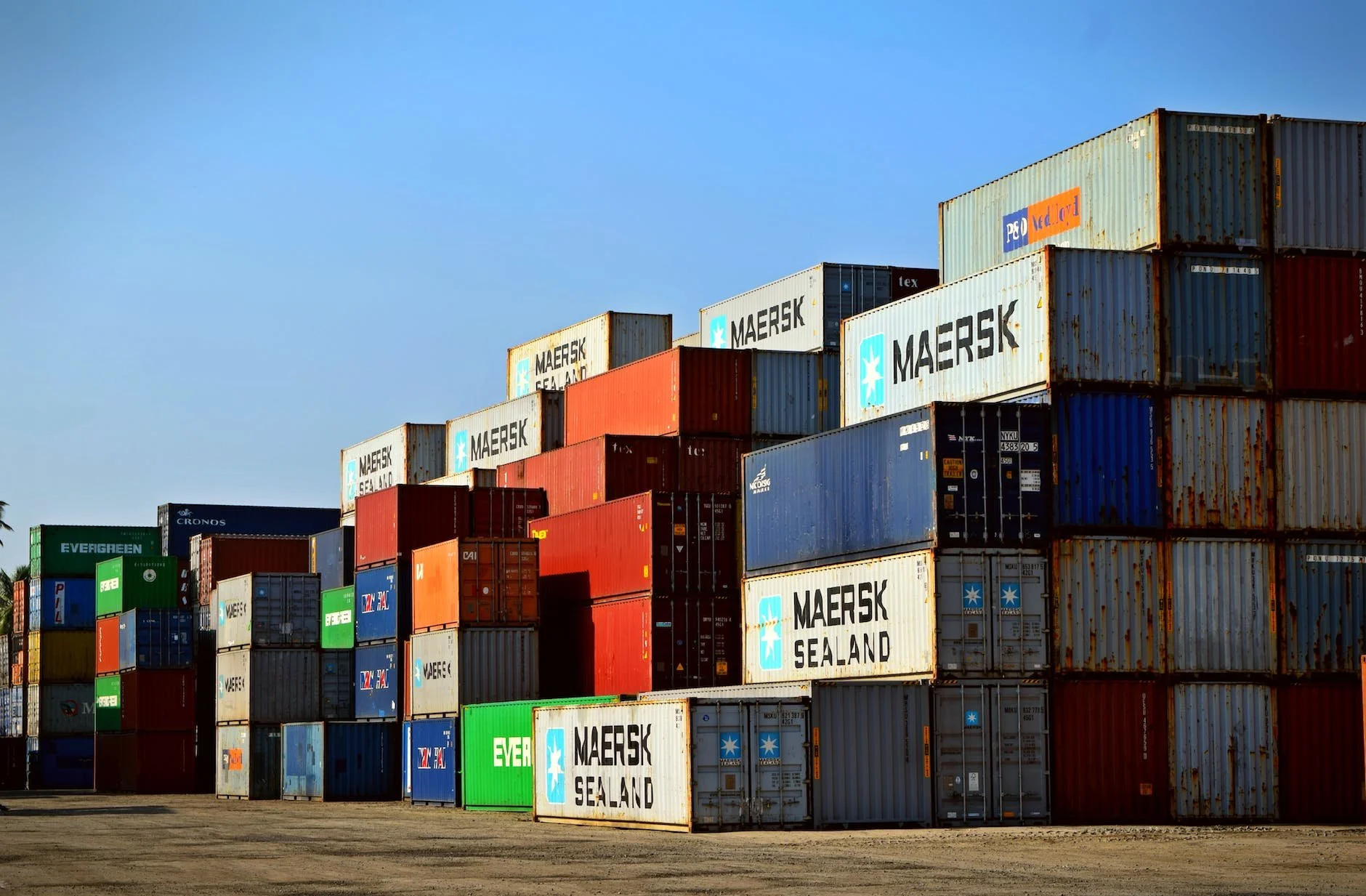by Kimberly Eugene, 07/23/2022
Following Jonathan Wichmann’s studies of the social media approaches of Dell and GE as the head of Maersk’s social media campaign, taking note of Dell’s 98% success rate of using social media to resolve issues and GE’s blog-style information center that effectively used videos and search-by-topic capabilities (Katona & Sarvary, 2014), Wichmann then created “Maersk Line Social”, which published informal articles and stories about the company. Instead of disseminating information using the traditional top-down method, Wichmann approached the task exploratively and focused on engaging the culture.
Maersk’s platform-specific strategies.
Each platform was utilized in the most optimal manner specific to that platform. Longer and more detailed discussions were held on Facebook in various shipping communities, while platforms like LinkedIn, Twitter, and Google+ were used to deliver updates, news, and professional commentary related to the company’s brand; not to mention the effective use of several other applications including Pinterest, Tumblr, Youtube, and more. The company’s commitment to full transparency was indicative based on not only the positive stories they posted but also the disturbing stories like how one of Maersk’s ships had accidentally hit a whale. To some, this would be all too truistic of an approach seeing as the reactions to such emotionally-heightened content aren’t always clearly identifiable beforehand, however, Jonathan Wichmann was determined not to manufacture stories but to simply tell the actual stories of the company with photo and video content including Maersk’s shipping containers.
As a result of the company’s efforts, Maersk Line’s market share had grown to approximately 17% worldwide as they were now transporting manufactured goods, perishable commodities, and almost everything in between. Its vessels made approximately 70,000 port calls to its 100,000 customers (Reinhardt et al., 2012). In 2012, users were polled and asked to pick a category — “I’m a Maersk customer”, “I am not a Maersk customer”, “I am a shipping container enthusiast”, etc. Most were indeed customers, but there were a considerable amount of shipping enthusiasts and many in the “other” category after the social media campaign. In addition, Maersk’s 4th quarter 2012 study titled, “The Next Step: How to Unlock the Full Potential of Social Media”, indicated that 67.1 percent of respondents said that Maersk’s social media presence had improved their perception of the company (Maersk, 2012).
Qualitatively speaking, I’m not sure Wichmann could’ve gotten any better results from a social media campaign for a shipping company. The results of his efforts amounted to a whopping 1500 percent ROI using a special return formula created by Wichmann himself that measured his results with the efforts of other considerable companies by the same standards (Katona & Sarvary, 2014). Wichmann didn’t approach Maersk Line’s social media campaign as a usual business administrator would, but more as an embedded user of these platforms. He also did the work of understanding the target market while always keeping the business objectives in mind. Social media is a tool to be used, and Wichmann understood this, choosing to nurture the company’s digital communities with engaging content.
Fast forward to 2022, and as I take a look at Maersk’s current social media efforts, these same standards are still in place. Yesterday’s press release posted to the company’s website and promoted via Maersk’s Twitter account celebrates diversity and inclusion by adding a photo of a rainbow-colored shipping container arriving in India. (Maersk, 2022). These themes are current topics expressed by users on various social media platforms, and not only has Maersk kept itself involved and aware in its internet communities for now 10 years, but it has also gone so far as to take stances on real-world issues, giving reassurance to those that support its brand.
The results have been fairly consistent. The company’s Instagram users are engaging at a rate ranging from 2k-8k likes per post, 30-100 comments, and feeds are updated daily, if not every other day. Maersk has seemingly come to understand how important it is to keep their communities engaged and talking. The company is currently the number one shipping company in the world (Ship Technology, 2022), and is doing everything it can to maintain that spot in the minds of consumers.
In terms of the quantitative aspect of the project, a quick search on Dun and Bradstreet’s company revenues statistics website shows that Maersk’s annual revenues continue to grow, with an exponential increase occurring between the years 2020 and 2021, likely due to an increase in online shopping during the pandemic in 2020. (Dun and Bradstreet, 2021) Guided by the company’s vision to become the “Global Integrator”, Maersk’s website reflects continued growth and innovation in transport with its latest employment of new technology including delivery drones (Hartung, 2022), plus its recruitment of entrepreneurs and innovators to create a more dynamic, inclusive, and sustainable future of trade (Maersk, 2022).
With the growth in both social media engagement and in company revenues, Maersk Line’s dedication to transparency continues to produce viable returns on its investment in community awareness.
Kimberly Eugene - Content Marketing Specialist
Owner of PRTYNVRNDS LLC
Futuristic | Strategic | Developer | Positivity | Relator
prtynvrnds.business.blog
References:
Dun and Bradstreet (Ed.). (2021, December 31). A.P. Møller - Mærsk A/S company profile: København K, Hovedstaden, Denmark: Competitors, Financials & Contacts - Dun & Bradstreet. Dun & Bradstreet - Accelerate Growth and Improve Business Performance. Retrieved July 23, 2022, from https://www.dnb.com/business-directory/company-profiles.ap_m%C3%B8ller_-_m%C3%A6rsk_a-s.108b41f454a633bf059ce1e00556c7eb.html
Hartung, M. (2022, May 4). Drone deliveries in Logistics. Medium. Retrieved July 23, 2022, from https://medium.com/maersk-growth/drone-deliveries-in-logistics-95616baaaceb
Katona, Z., & Sarvary, M. (2014, February 11). Maersk Line: B2B Social Media—“It’s Communication, Not Marketing.” Berkeley-Haas Case Series. Retrieved July 19, 2022.
Maersk (Ed.). (2022, July 22). Maersk Rainbow Container arrives in India for a month-long tour to celebrate diversity and inclusion. Maersk. Retrieved July 23, 2022, from https://www.maersk.com/news/articles/2022/07/22/maersk-rainbow-container-arrives-in-india
Maersk (Ed.). (n.d.). Portfolio. Portfolio | Venture capital portfolio. Retrieved July 23, 2022, from https://www.maersk.com/growth/portfolio
Reinhardt, F. L., Casadesus-Masanell, R., & Nellemann, F. (2012, June 1). Maersk Line and the Future of Container Shipping. Retrieved July 19, 2022.
Ship Technology (Ed.). (2022, April 18). The world's biggest shipping companies in 2020. Ship Technology. Retrieved July 23, 2022, from https://www.ship-technology.com/analysis/the-ten-biggest-shipping-companies-in-2020/




